10 Natural Ways to Remove Hair
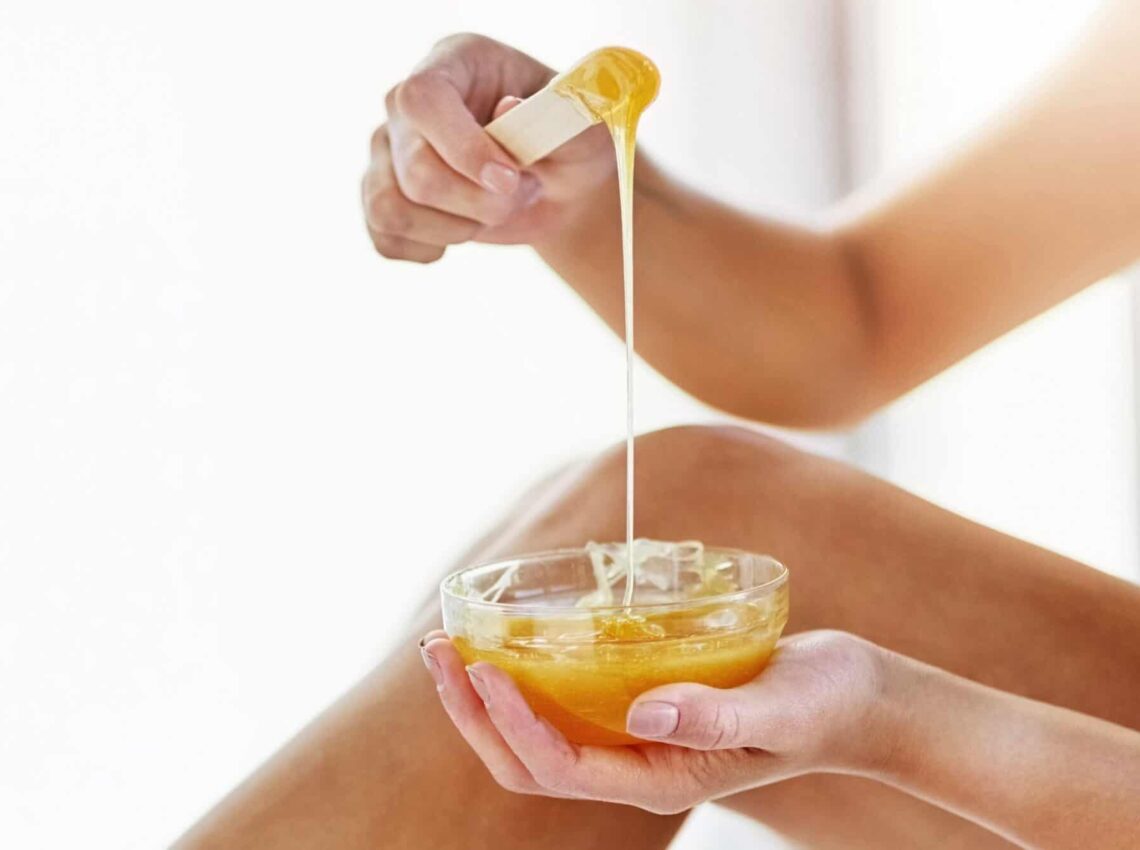
If you’re tired of spending too much money on hair removal, then you might want to look into some natural remedies to save a few bucks. Not only are these cheaper alternatives, but they also save your skin from a variety of harsh products, like wax or depilatory creams. Opting for natural hair removal methods may be the best decision you’ll ever make and will save your skin from the risks of harsh chemicals.
Whether you’ve been removing your own hair for years or you’re just getting started, we’ve put together this guide on some of the best methods for natural hair removal. We’ll also go over some useful tips for these natural remedies so you can become an expert in no time.
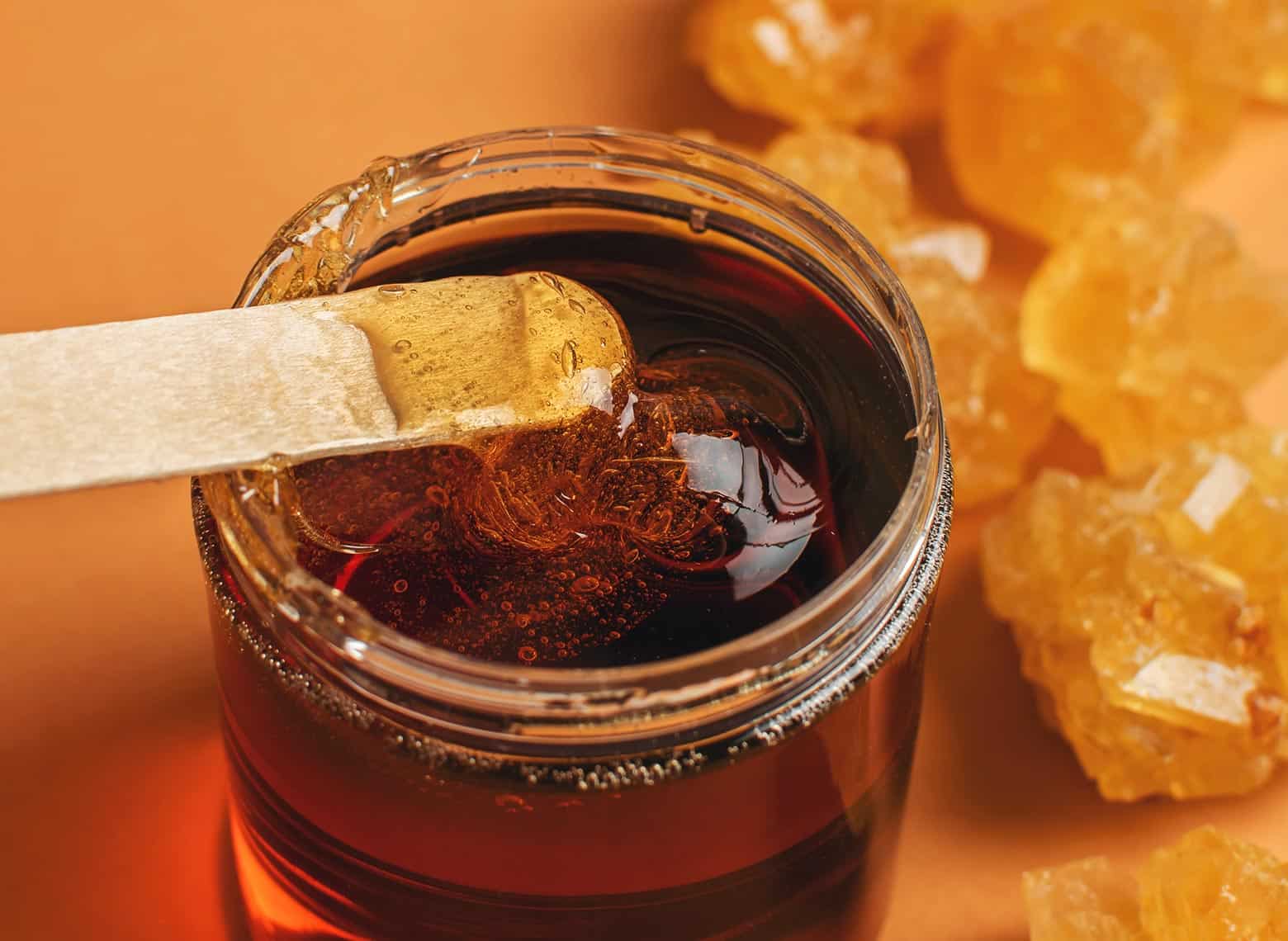
1. Honey, lemon, and sugar
Also known as sugar waxing, this natural method has become increasingly popular over the years as it’s extremely easy and safe to use. Sugaring is usually less painful than waxing and the mix can be easily rinsed away with water after removal. To make your own sugar wax, combine the following ingredients below:
- 1/4 cup honey
- 1 cup white granulated sugar
- 1 tablespoon lemon juice
Once combined, heat the ingredients together until it forms a wax-like texture. Let it cool down before application to avoid burning your skin. Place the warm mixture in the opposite direction that the hair grows and cover it with a strip of paper, letting it sit and cool. Remove the strip quickly in the direction the hair grows for best results. Book an appointment with a sugar waxing Pro if you want to be extra safe, especially with sensitive areas. Spending the full cost of a Brazilian wax is worth it in the long run to avoid burns and other dangers.
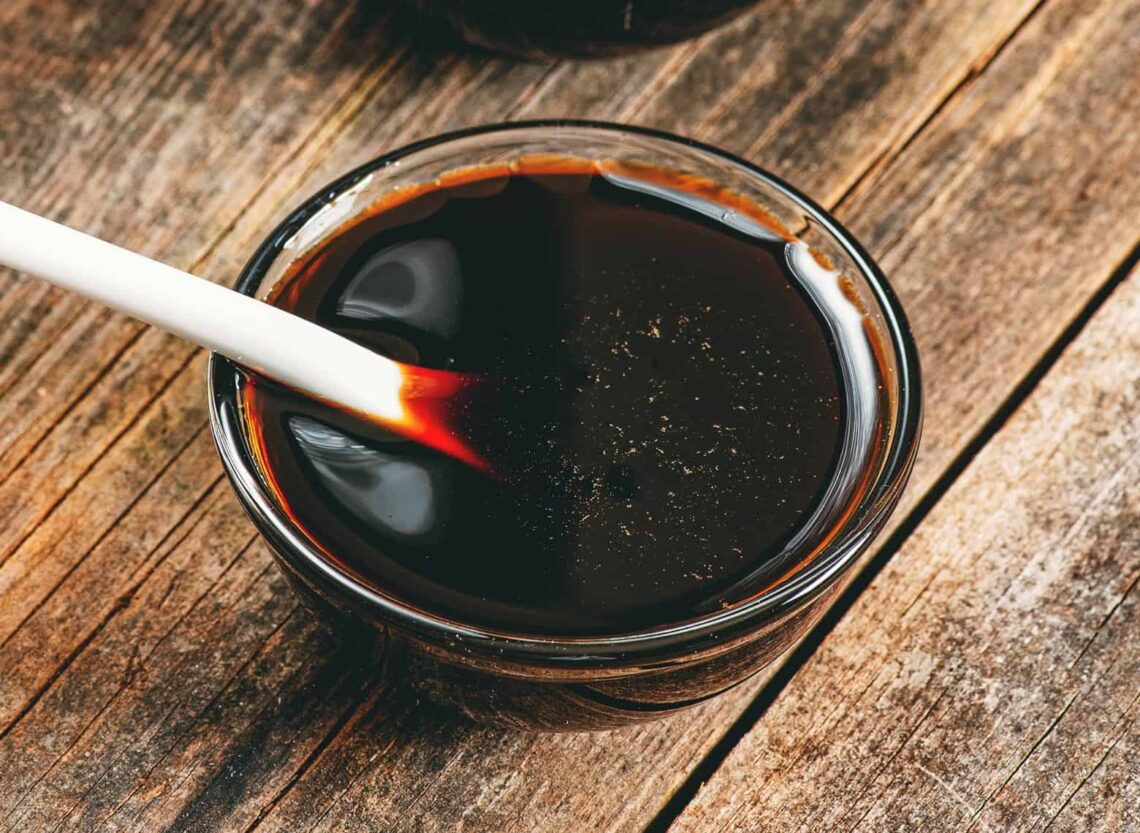
2. Molasses
Another alternative to honey when making your wax would be molasses or corn syrup. This recipe is similar to sugar waxing and is great for removing any unwanted hairs on your hands or legs. You’ll need the following ingredients:
- 1 cup sugar
- 1 cup Molasses or corn syrup
- Juice of half a lemon
- Cloth strip
- Microwavable vessel
Put the sugar into the vessel and drizzle molasses on top of it. Heat the vessel in the microwave for two to three minutes. When the sugar is completely dissolved, add the lemon juice into the mix. Blend the mixture well and let it cool until the mixture is warm enough to use. Simply use the mixture as a hair removal wax.
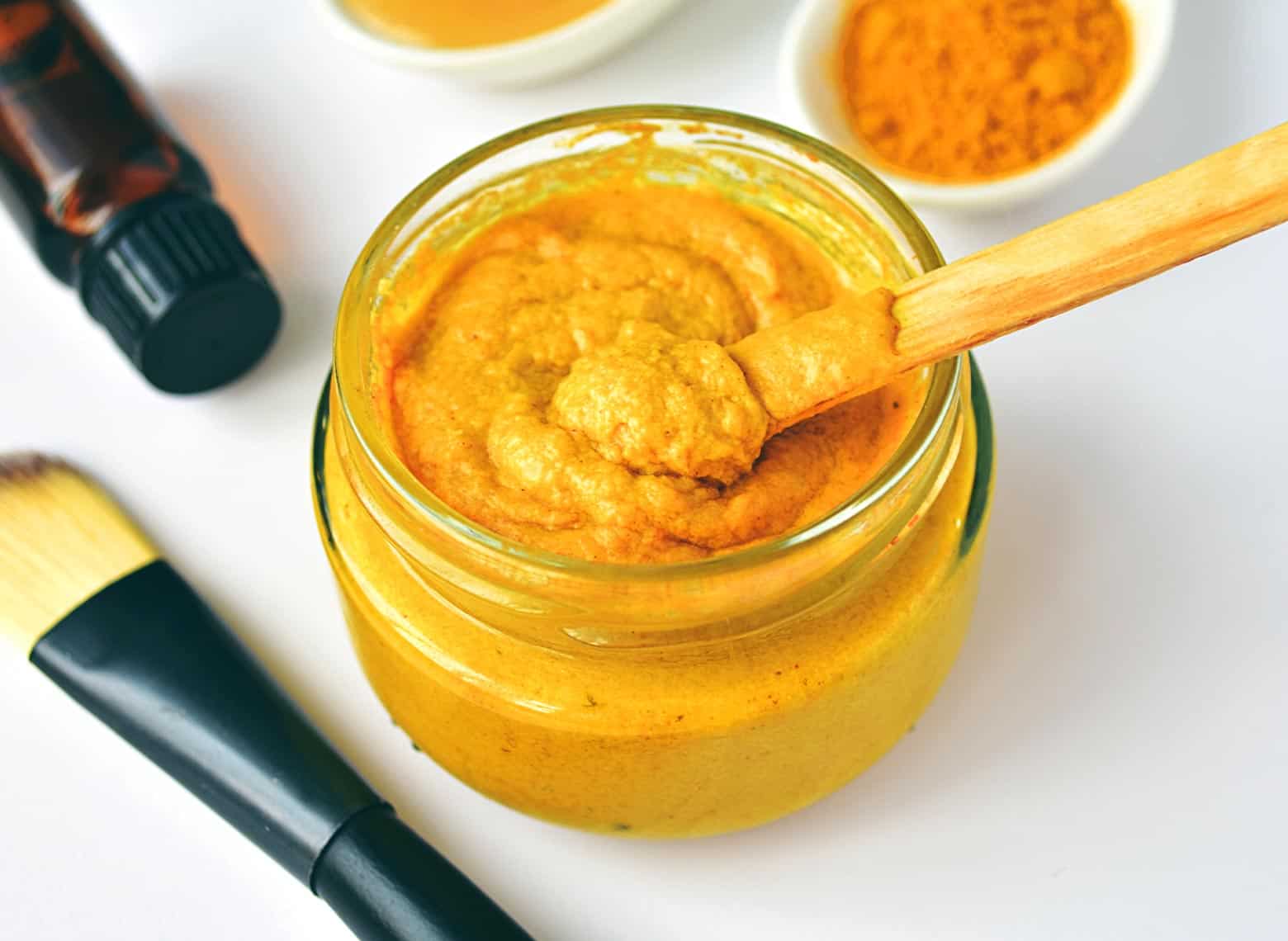
3. Turmeric paste
Often found in some of our favorite foods and cuisines, turmeric powder is also a popular ingredient in many skincare routines. Known to help target skin concerns such as acne and hyperpigmentation, turmeric is also effective in hair removal due to its ability to weaken the roots and slow hair growth.
Making your own turmeric paste is simple:
- Combine one part turmeric powder to one part water and mix until a paste forms.
- Add in aloe vera gel to give your paste a thick and soothing texture (optional).
- Apply your mixture to the area of hair you want to be removed and wait until it dries completely.
- Some pieces will begin to flake off, which is your sign to wash your skin with lukewarm water.
It’s important to note that when you’re using turmeric powder, its strong color can temporarily stain your skin, leaving a yellow or orange tint on your body. This can be removed through exfoliating or with soap and water.
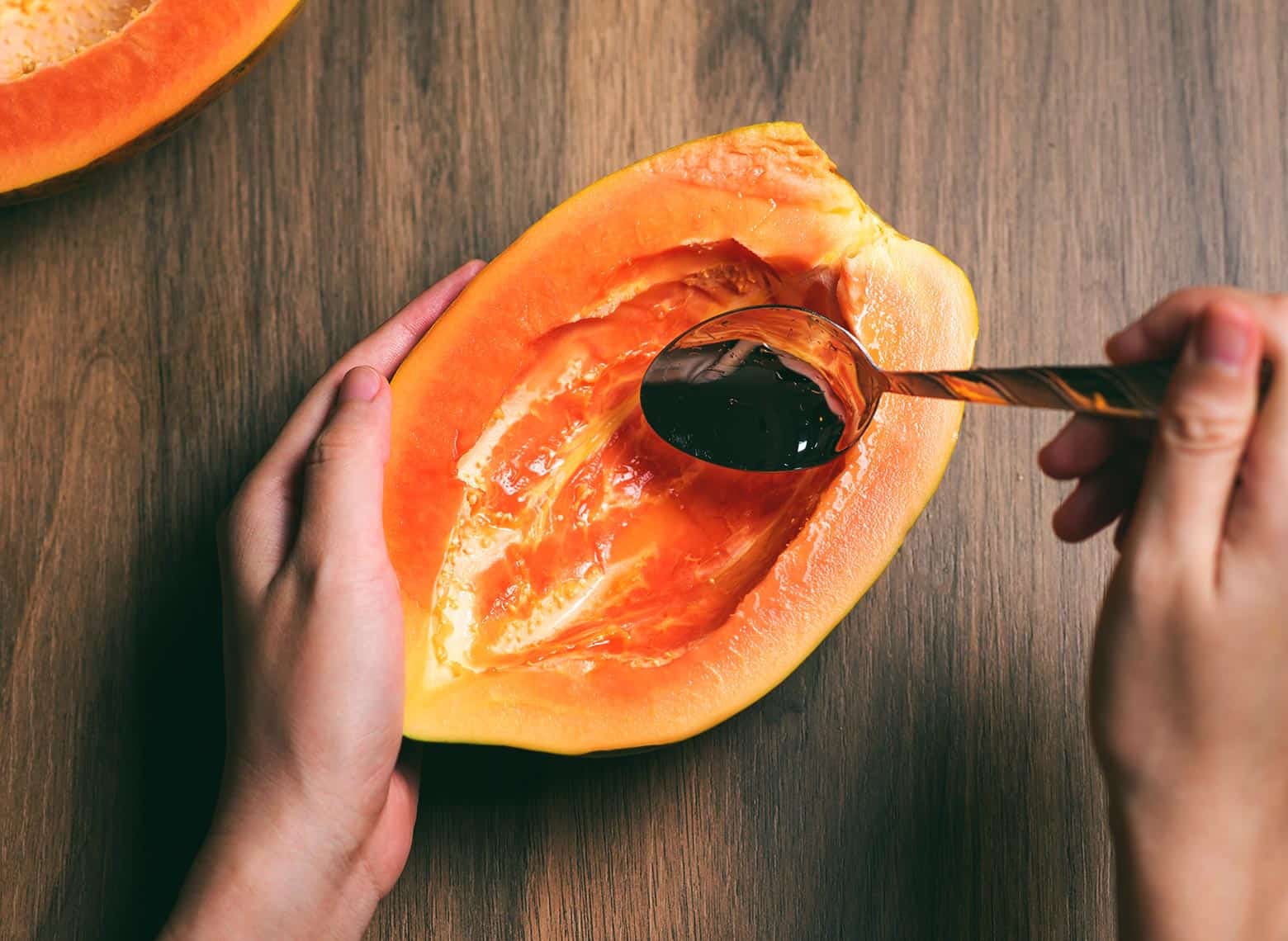
4. Raw papaya paste with turmeric
Ever thought about using a tropical fruit to remove hair? According to a study by the International Journal of Pharmaceutics, papayas contain an enzyme called papain which has hair-removing effects. Though it doesn’t produce immediate results, it can reduce regrowth over time.
Combining papaya with turmeric powder is the ultimate hair removal duo. Follow these simple steps for application:
- Mash a fresh papaya and mix it with half a teaspoon of turmeric powder until a paste forms.
- Massage it into your skin and leave for 15 minutes to allow the mixture to reach the hair follicles.
- Rinse off with water.
- Repeat this process two or three times a week to see a reduction in hair growth over time.

5. Spearmint tea
Spearmint tea has many benefits, some of which include treating pain, stiffness, and digestive problems. What many people don’t know is that spearmint tea is an old remedy that’s been used to remove unwanted facial hair for hundreds of years. To try it out on your own, drink a cup of spearmint tea twice a day to limit the growth of facial hair.
Patience is key, so be sure to keep up a consistent routine to notice results!
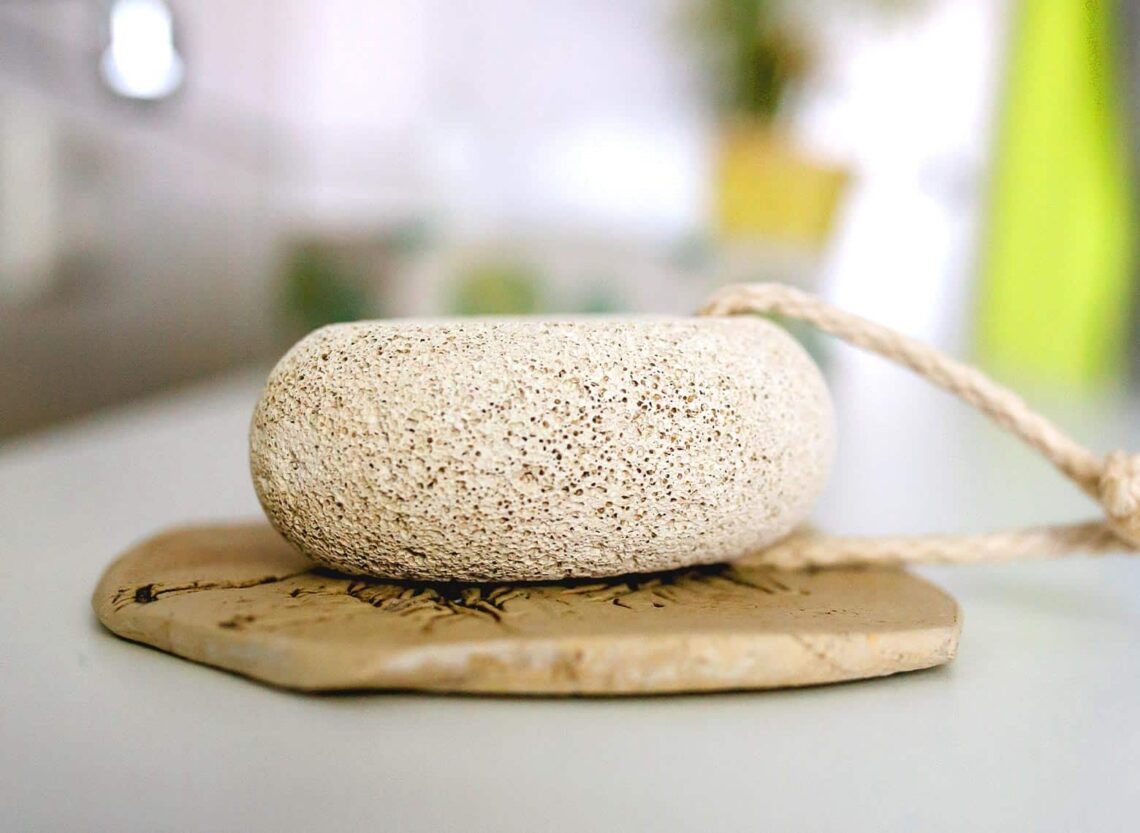
6. Pumice stone
A pumice stone is a light yet abrasive lava formation that is often used to remove dry, dead skin. It can also soften your calluses to reduce pain from friction and reduce hair growth over time.
To naturally remove your hair with a pumice stone, follow the instructions below:
- Soak your skin and pumice stone in warm water to ensure everything is softened up before use.
- Rub the abrasive side of the stone over your skin in a circular motion for two to three minutes.
- Rinse your skin and check to see if there’s any hair left. Apply the pumice stone to those areas until the surface is clean.
- Repeat this process daily to maintain soft skin and reduce hair growth.
Don’t forget to clean your stone after every use and moisturize your skin to keep it soft and healthy. Over time, your stone will wear down and need to be replaced.
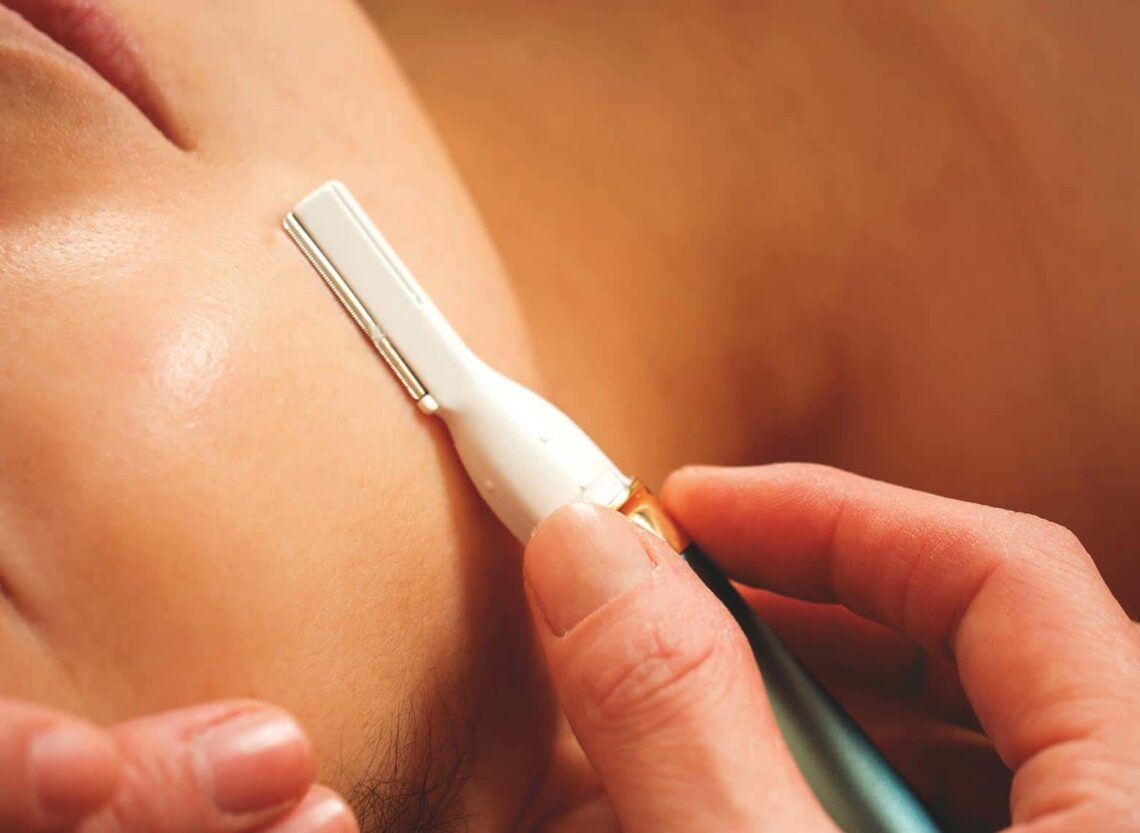
7. Dermaplaning
Dermaplaning has grown in popularity over the years due to its numerous skincare benefits. This procedure removes the top layer of your skin to improve fine wrinkles and deep acne scarring, leaving your skin feeling soft and smooth. If you’re not comfortable doing this yourself, we recommend going to a professional to get the procedure done. However, we’ve listed some steps below to follow if you have your own dermablade:
- Prep your skin by washing your face with a cleanser.
- Grab your dermablade and gently remove fine hairs and peach fuzz.
- Focus on areas where the hair is the thickest first and shave with the grain.
- Avoid dermablading over acne or other skin breakouts.
- Once you’re finished, apply your favorite moisturizer and massage it into your skin.
If you nick yourself during the process (it happens!), cover the cut with petroleum jelly and place a bandage over it. If you find yourself nicking your face frequently, consider seeing an esthetician to avoid future cuts.
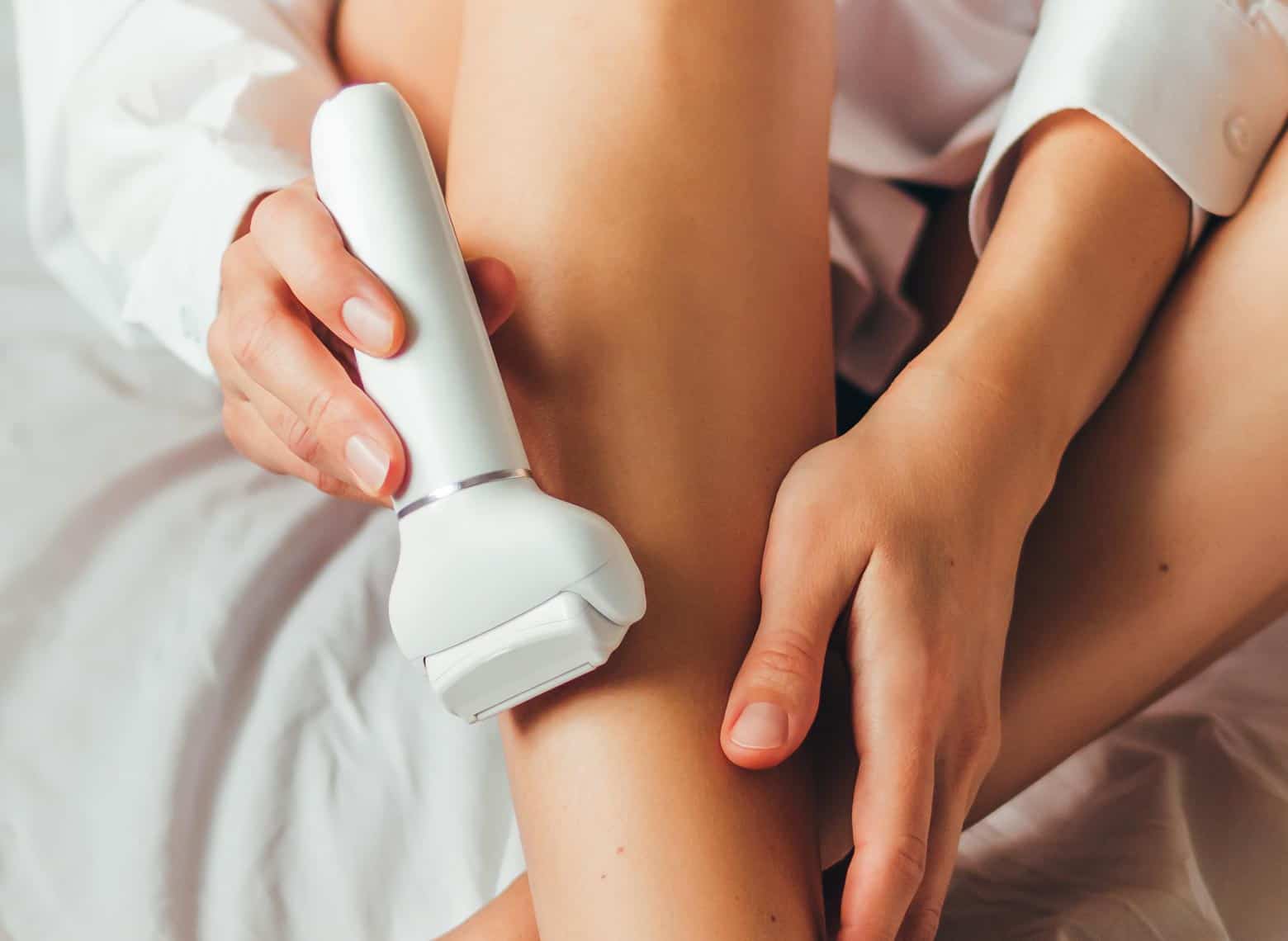
8. Epilator
Similar to waxing, epilators remove hair by the root. However, the difference is that the device plucks away hair as you move it over different parts of your body. For best results, exfoliate your skin before each use to prevent ingrown hairs.
Position the epilator at a 90-degree angle to your skin without pressing it in. Hold it loosely and begin to move it in the direction of hair growth. If you move the epilator against your hair growth, you won’t be cutting close enough to the skin to remove it from the root.
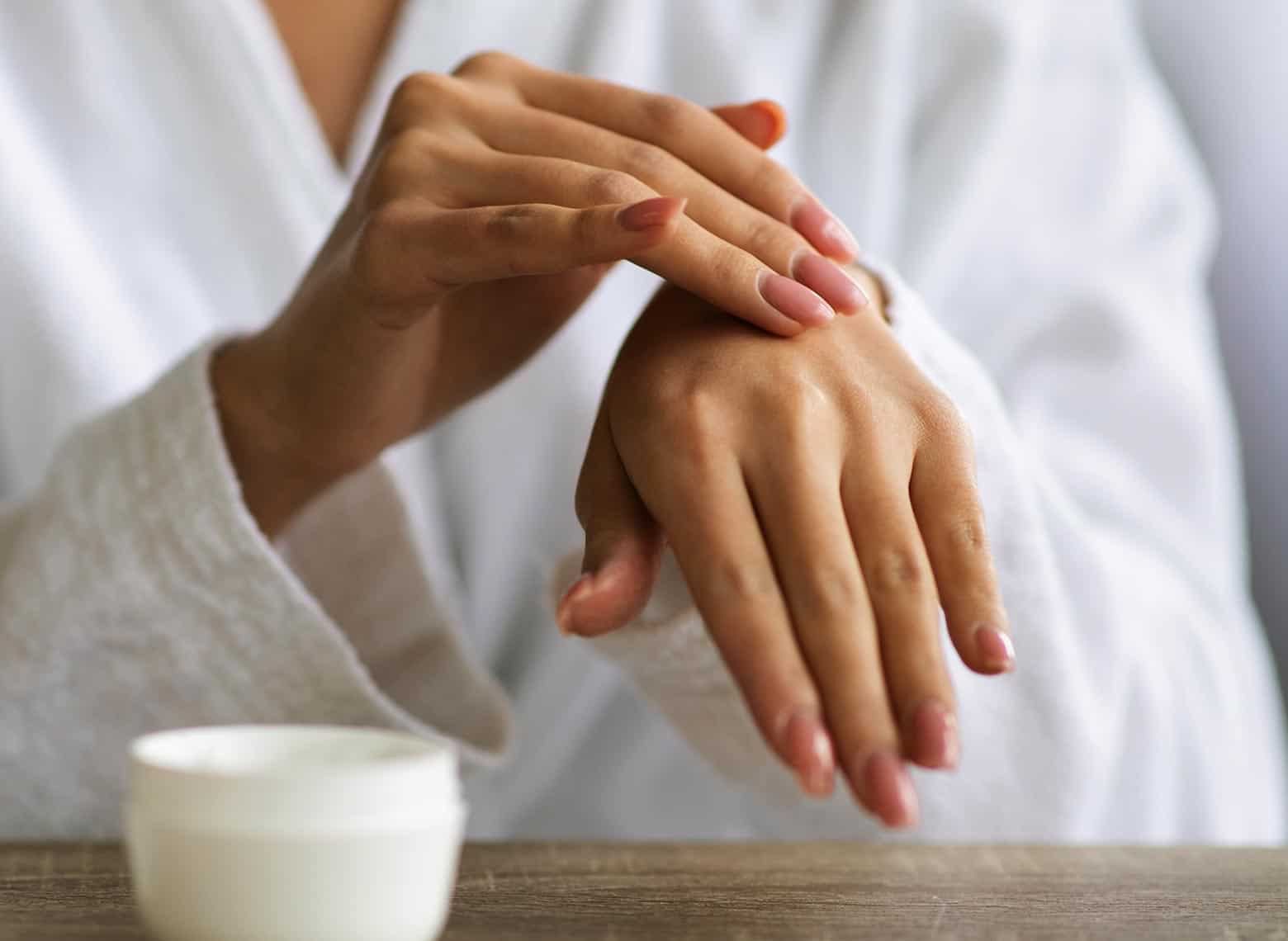
9. Hair growth inhibitor
A hair growth inhibitor is a spray or cream that can remove unwanted hair growth for an extended period of time. These topical products can remove hairs from the root and slow down regrowth. Natural hair growth inhibitors are available over the counter and usually require you to shave before applying.
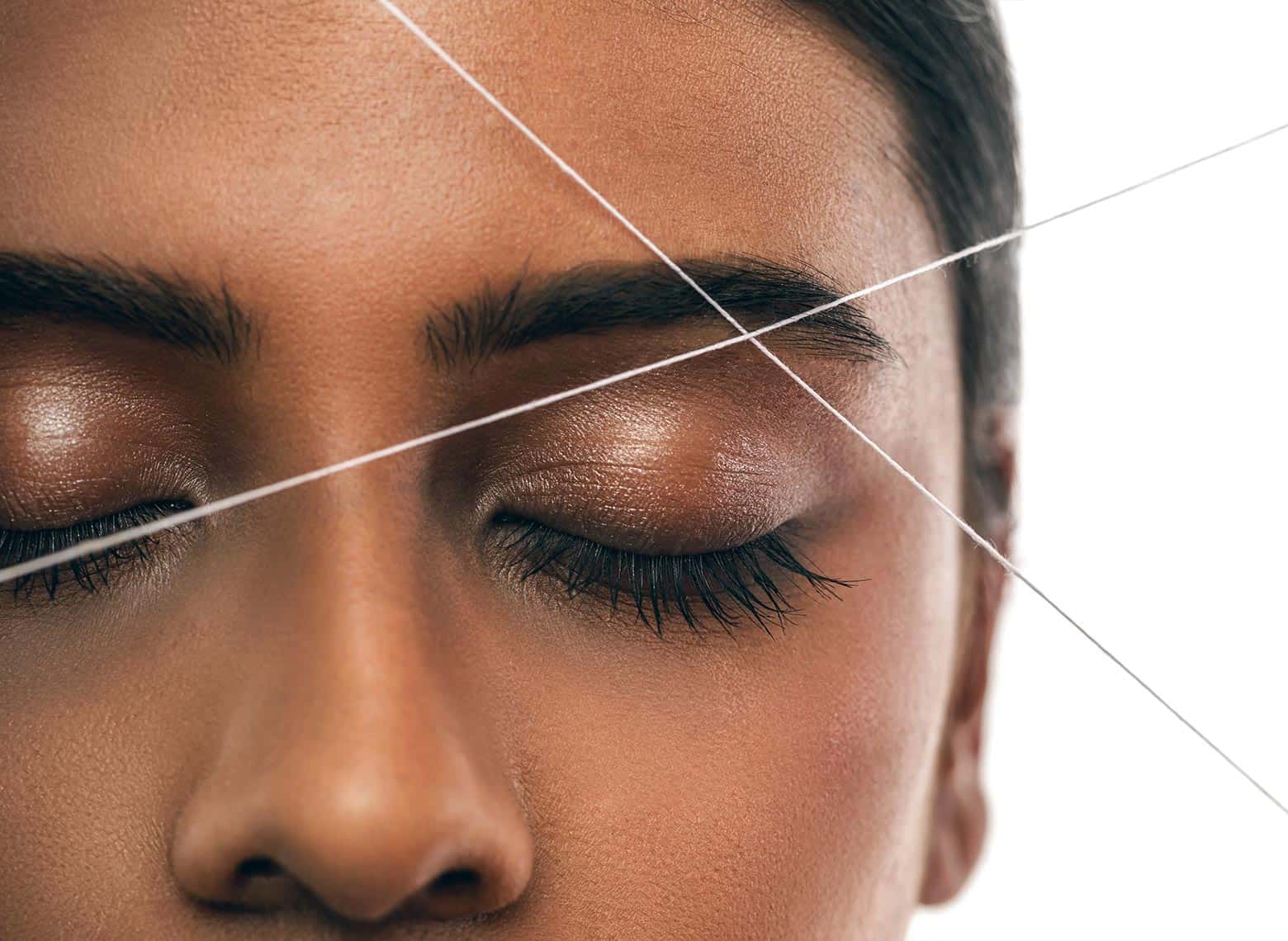
10. Threading
Many people prefer the threading method because it doesn’t involve chemicals and the results can last longer than most products. This procedure is often used to shape eyebrows or remove unwanted hair from the chin, face, and upper lip. The thread pulls and twists the hair until it lifts from the hair follicle and may cause some discomfort during the process. Be sure to apply a warm compress afterward to reduce pain. Threading is inexpensive, so it’s a great option if you’d like to get this done at the salon.
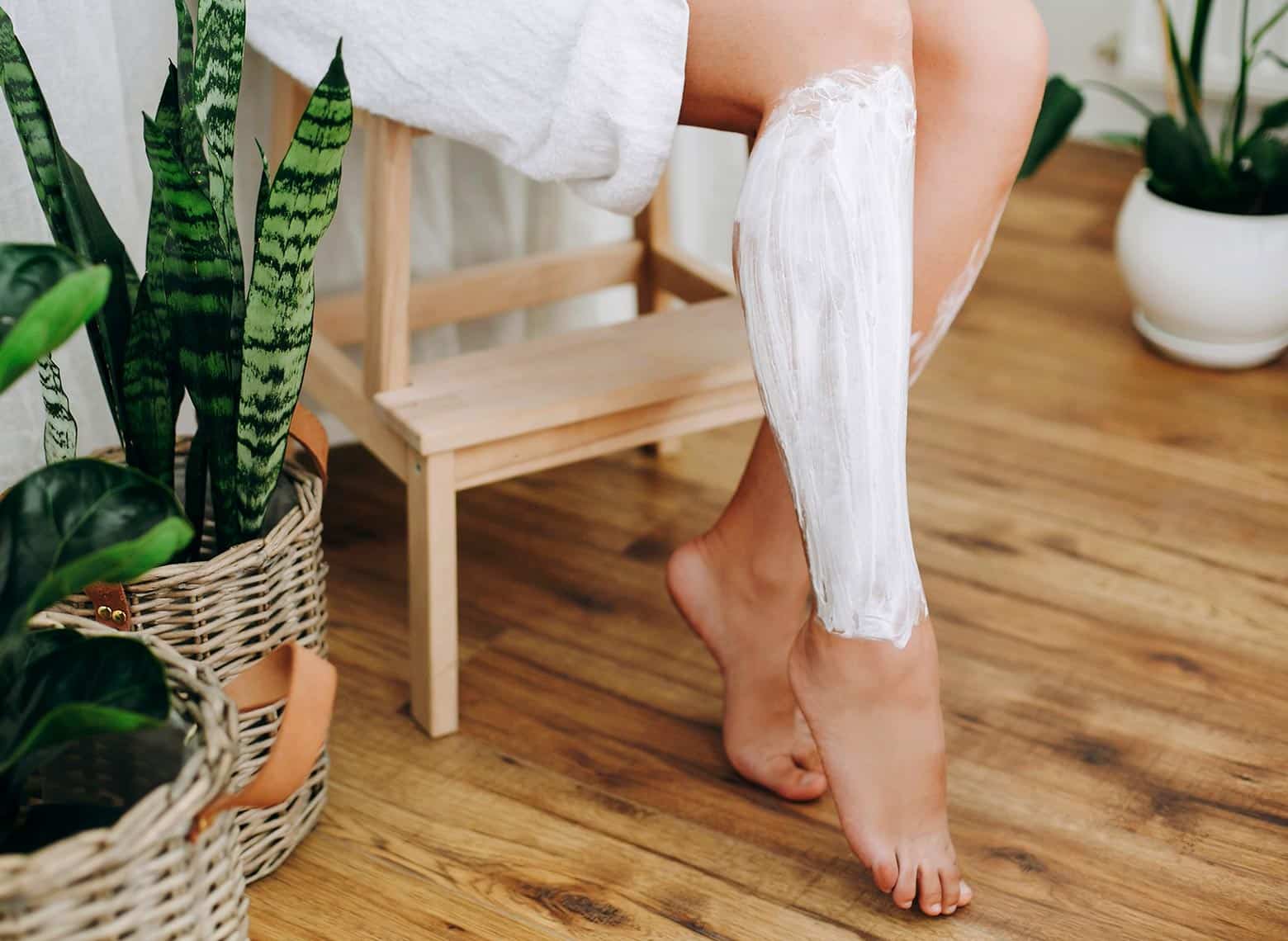
Tips For Using Natural Hair-Removal Home Remedies
Though these natural remedies don’t contain any harsh chemicals, it’s still important to proceed with caution and spend some time determining the best method for you. We’ve provided a list of tips to follow when diving into natural hair removal to help you be prepared when the time comes.
- Consult with your doctor. Before diving into a new hair removal method, it’s important to consult with your physician to determine the best course of action for you.
- Start with a patch test. To avoid allergic reactions or irritation, start with a patch test before applying it all over your body. We recommend applying it to your wrist.
- Cleanse skin before and after. Be sure to cleanse your skin before and after hair removal. Cleaning it before helps remove dead skin while cleaning it after removes any excess product still left on your body.
- Be prepared for multiple sessions. Though these methods are meant to slow down hair growth, they don’t completely stop it. Your hair will eventually grow back, so be prepared for multiple sessions.
No matter what method you decide to choose, there are plenty of ways to naturally remove hair without coming into contact with harsh chemicals. Sugaring is one of the most popular methods and can be found in most salons. We recommend setting up a consultation with a sugaring pro to learn more about how it works and if it’s the best option for you.


